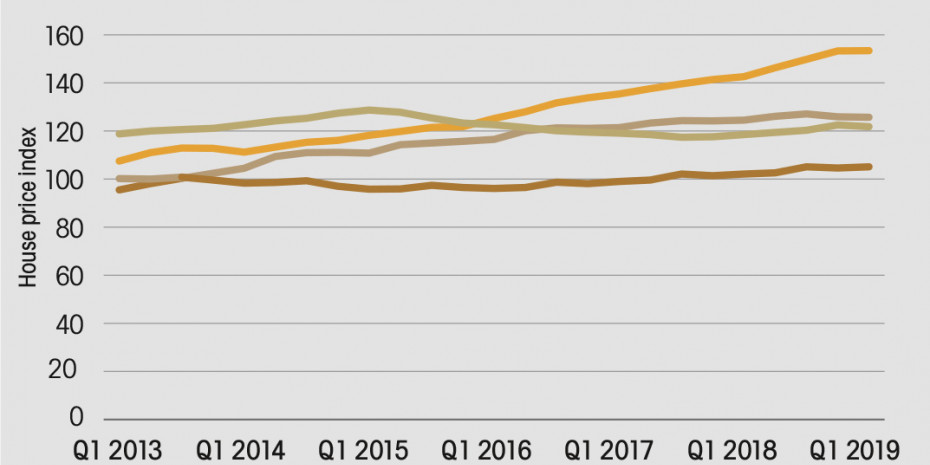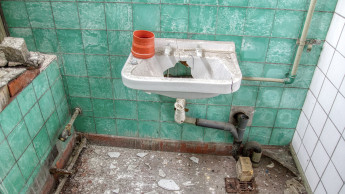Furthermore, house prices have continued to creep upwards over recent years in major Western European economies, climbing 28.9 percentage points in the UK between 2010 and 2018. However, there was a reversal in this pattern in the UK in the last quarter of 2018; house prices started to decline. Following the global financial crisis, interest rates dropped to 0.5 per cent and were held constant, but in late 2018 the Bank of England decided to raise interest rates to 0.75 per cent.
The Bank of England has not ruled out future interest rate declines based on the evolving Brexit situation, but in the meantime higher interest rates are bad news for borrowers, putting negative pressure on residential lending patterns in the UK. Simultaneously, the levelling out of house prices in Europe has had positive ramifications for housing affordability.
Despite this, weaker residential construction activity in the near future may potentially re-inflate house prices in Europe as immigration and population growth continue to fuel demand for housing in major metropolitan and suburban areas. Residential real estate loans accounted for around 20 per cent of total loans in Italy, Germany and the UK during 2018, up from roughly 14 per cent in 2008. While not as high as in North America (30 per cent) and Australasia (50 per cent), exposure is much higher than in Eastern Europe and demonstrates the importance of housing to consumers (as well as rising house prices).
But, what does this mean for the home improvement sector in Europe? Both weaker forecast construction activity (observed through falling forecast housing completions) and the resulting potential for an upward climb in house prices spell good news for the DIY industry by creating renovation demand for households wanting to spruce up their homes and ready them for sale. Even a continued slump in house prices may convince home owners to stay put and renovate, rather than sell, buy and move to a new home.









